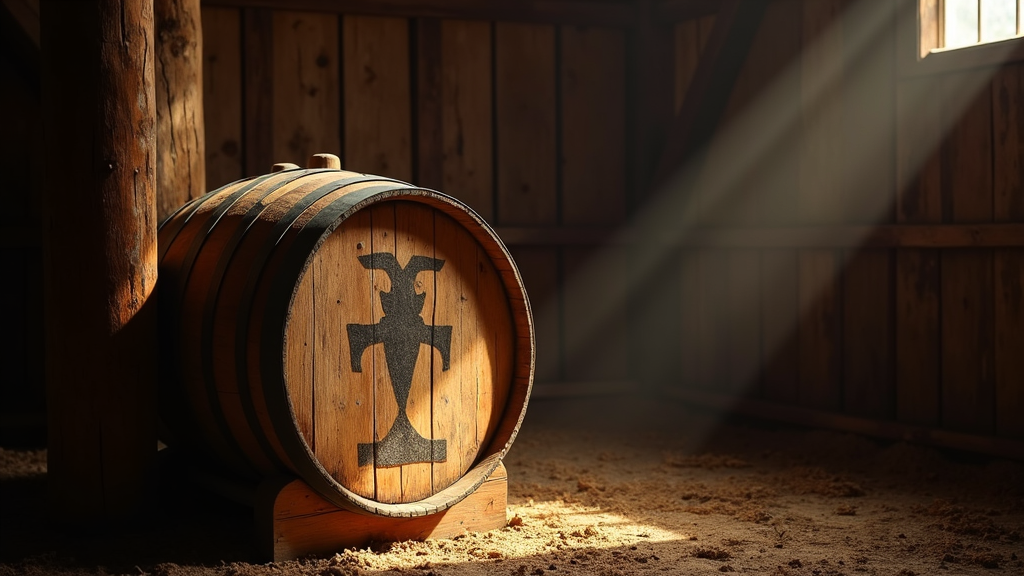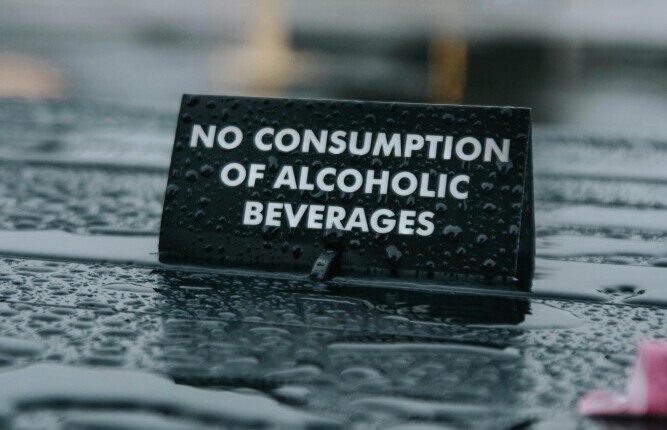Whiskey’s story in America is way more than a tale of how a drink moved across the country. It’s woven into the roots of the nation, shaping how people were taxed, how they traded goods, rebelled against authority, and even decided where to settle down. By checking out whiskey’s role through the years, I get a much deeper sense of how this spirit helped shape American identity, law, and economy. Here’s what I’ve learned while exploring whiskey’s adventure across American history.

The Whiskey Rebellion and America’s New Government
One of the first big moments for whiskey in U.S. history happened in the 1790s with the Whiskey Rebellion. When Alexander Hamilton, who was the Treasury Secretary, pushed for a tax on distilled spirits, it hit frontier farmers and distillers hard. For those living out in the backcountry, turning grain into whiskey was about survival, not just a way to unwind. Moving huge sacks of grain over the mountains was tough, but whiskey was compact and valuable.
The tax was seen as unfair, mostly because the folks on the distant frontier didn’t have much representation in government. Tempers flared in what’s now western Pennsylvania, with protests ramping up into open defiance. President George Washington actually put on his boots and led troops out to calm things down. This move signaled that the federal government was ready and able to enforce the law across every state. The Whiskey Rebellion left a real mark, showing that the government had power, but also that whiskey was central to daily American life and held real weight in shaping policy.
Whiskey as Frontier Currency
Long before paper dollars and official coins were common, whiskey acted as money out in the American frontier. For small farmers in places like Pennsylvania, Virginia, and Kentucky, excess grains (especially corn and rye) were turned into whiskey. Not only was this spirit easier to move, but it could also be traded for goods, used to pay debts, and even given as wages. If you had a cask of whiskey, that meant you could get your crops milled, buy supplies, or hire labor when you needed help.
This wasn’t just a clever workaround. It made whiskey a backbone of frontier economics. The barter system kept people afloat when cash was tight, and whiskey was something everyone valued. Because it held its value and was always in demand, whiskey connected isolated communities and powered economic growth on the edge of the expanding country. Some settlers even measured their and their neighbors’ wealth in whiskey, and it was not uncommon for contracts or debts to be settled in barrels rather than bills.
Whiskey Fuels Westward Expansion
The taxing of whiskey in the eastern states did more than just make farmers angry; it encouraged them to move west in search of friendlier ground. As settlers poured over the Appalachian Mountains into Kentucky and Tennessee, they packed their stills and know-how. The rich soil and unique climate were perfect for growing corn, which led to the unique style of American whiskey known as bourbon.
As I dig into this era, it’s clear that whiskey shaped where people settled and how communities formed. Distilling whiskey opened doors for new businesses, supported families, and made names like Beam and Brown household words. The entrepreneurial spirit that fueled this westward growth stuck around, and American whiskey became famous for its bold flavors and creative spin compared to older European styles. Whiskey even played a role in local politics and social gatherings, with communities often coming together around the construction and operation of a still. These activities led to the spread of new whiskey recipes and traditions from one settlement to the next.
The Big Chill: Prohibition’s Disruption
Prohibition slammed the brakes on legal whiskey production in 1920, completely changing the industry and the way Americans drank. The 18th Amendment and Volstead Act were supposed to wipe out alcohol, but instead, they sparked a wild era of bootlegging and hidden bars. Only a handful of distilleries survived by producing “medicinal whiskey,” the kind you could buy at a pharmacy with a doctor’s note.

With the legal supply cut off, illegal operations flourished, and whiskey became a symbol of rebellion and risk. The clever tricks people used to hide stills, move barrels, and keep authorities guessing have given Prohibition an almost legendary feel. Even after its repeal in 1933, American whiskey took a while to bounce back, with a few old distillers rebuilding from almost nothing. This period also created powerful legends and folklore, as tales of moonshine runners and secret speakeasies entered the cultural fabric of the nation and shaped how Americans saw whiskey for decades ahead.
Whiskey’s Ups, Downs, and Comeback
After Prohibition ended, whiskey distilleries faced new waves of challenge. World War II left them scrambling as the government diverted grains for the war effort. Even when peace returned, American tastes switched up, and vodka and rum took center stage in bars and households. From the 1960s through the late 1980s, whiskey just wasn’t getting the love it once did. For a while, it felt almost old fashioned, a throwback rather than the drink of the moment.
As American society kept moving, whiskey culture simmered quietly. Traditions were kept alive by a loyal group of folks who valued small-batch production and regional styles. Starting in the late 1990s and really picking up speed in the 2000s, American whiskey began getting fresh attention. Craft distilleries popped up, bourbon tourism became a draw, and heritage brands like Maker’s Mark and Buffalo Trace gained cult followings. Whiskey events, tastings, and collector bottles grabbed headlines, turning this all American spirit into a serious global export and a symbol of craft and tradition. Global recognition meant that American whiskey started taking home awards and starring in new cocktails around the world.
Extra Cool Whiskey Facts from American History
- George Washington the Distiller: After his presidency, George Washington opened a commercial distillery that produced thousands of gallons of whiskey a year on his Mount Vernon estate.
- Lincoln and Liquor: Abraham Lincoln once held a liquor license and even sold whiskey as a young man working in storekeeping. This sometimes surprises people who know him mainly as a lawyer or president.
- “Dry Counties” and Tax Laws: Some counties (especially in the South) still ban alcohol sales, a holdover from old whiskey-era policies. A few tax rules from the early days still influence how whiskey is made and sold even now.
- Wild Terminology: Many glassware terms, drinking rituals, and popular American phrases trace right back to whiskey’s influence. If someone’s “on the wagon” or a town is “dry,” those meanings come from whiskey’s impact.
- Whiskey and American Literature: From Mark Twain to Ernest Hemingway, American authors have referenced whiskey in classic novels and stories, giving insight into its role in society and daily life.
- Mixing It Up: Some of the world’s most popular cocktails, like the Old Fashioned and the Manhattan, originated with American whiskey and remain bar staples today.
Common Questions About Whiskey’s Place in American History
Question: Was whiskey really that big of a deal in early America?
Answer: Yes, whiskey wasn’t just a drink—it was a form of currency, a trade good, and actually influenced how communities grew and interacted. Its effects can still be seen in American law, language, and culture.
Question: Why did bourbon in particular become so popular?
Answer: Bourbon rose from the specific mix of crops, water, and climate in Kentucky and Tennessee. Corn was easy to grow, the limestone filtered water made for a good spirit, and the western distillers experimented with new barrel aging styles. This gave bourbon its signature flavor and a growing reputation for quality.
Question: How did Prohibition change the American whiskey scene?
Answer: Prohibition killed off a lot of traditional distilleries and forced most whiskey underground. It also made American whiskey part of the larger story of rebellion, creativity, and cultural change. Some brands from that era survived by switching to legal medicinal supplies, while others disappeared and were revived decades later.
If this dive into whiskey’s place in American history sparked your curiosity, pour yourself a glass and keep exploring—there’s always more to uncover behind each bottle. Have a favorite whiskey story or historical tidbit? I’d love to hear it in the comments below.
Whiskey’s Enduring Legacy
American whiskey’s history is packed with thinking outside the box, ambition, and a fair bit of fighting spirit. From the frontier to the present day craft scene, it’s changed laws, helped grow communities, and given the U.S. a unique style all its own. If you’re exploring American culture, pouring a glass of whiskey isn’t just about taste—it’s like holding a piece of history right in your hand. The strength of its story is matched only by the flavor found in each glass, tying today’s drinkers to generations of Americans who have also celebrated, struggled, and innovated over a bottle of whiskey.
There are no affiliate links in this post but feel free to check out my affiliate disclosure.

What a fantastic read—this really captures how deeply whiskey is woven into the fabric of American history!
I had no idea George Washington ran one of the country’s largest distilleries after his presidency. That really puts a new spin on the phrase “founding spirits.”
This made me curious about a few things:
Do you think whiskey’s role as frontier currency influenced how Americans view alcohol differently than other cultures?
With the recent rise in craft distilleries, do you see parallels between today’s whiskey boom and the early days of frontier distilling?
How much do you think modern whiskey marketing leans into this rich history—does it help or hurt the authenticity of the tradition?
I’d also love to hear if anyone has visited any historic distilleries or whiskey museums—any that really brought this history to life
Thanks so much for your thoughtful comment! I’m glad you enjoyed the read—Washington’s distillery story is one of my favorites and really highlights how deeply whiskey runs in American history.
Great questions! I do think whiskey’s role as frontier currency helped shape how Americans see it, often associating it with self-reliance and community in a way that feels unique compared to other countries. The current craft distillery boom does echo those early frontier days, with local producers experimenting and reviving old traditions.
As for marketing, I think leaning into history can be great when it’s genuine, but it sometimes turns into more of a gimmick if the story doesn’t match what’s in the bottle. The best brands really honor the tradition and help new drinkers connect with the past.
If you get a chance, historic distilleries like Buffalo Trace or Woodford Reserve offer a fantastic window into this legacy—they really bring the history to life. Would love to hear other recommendations, too! Thanks again for reading and sharing your curiosity.